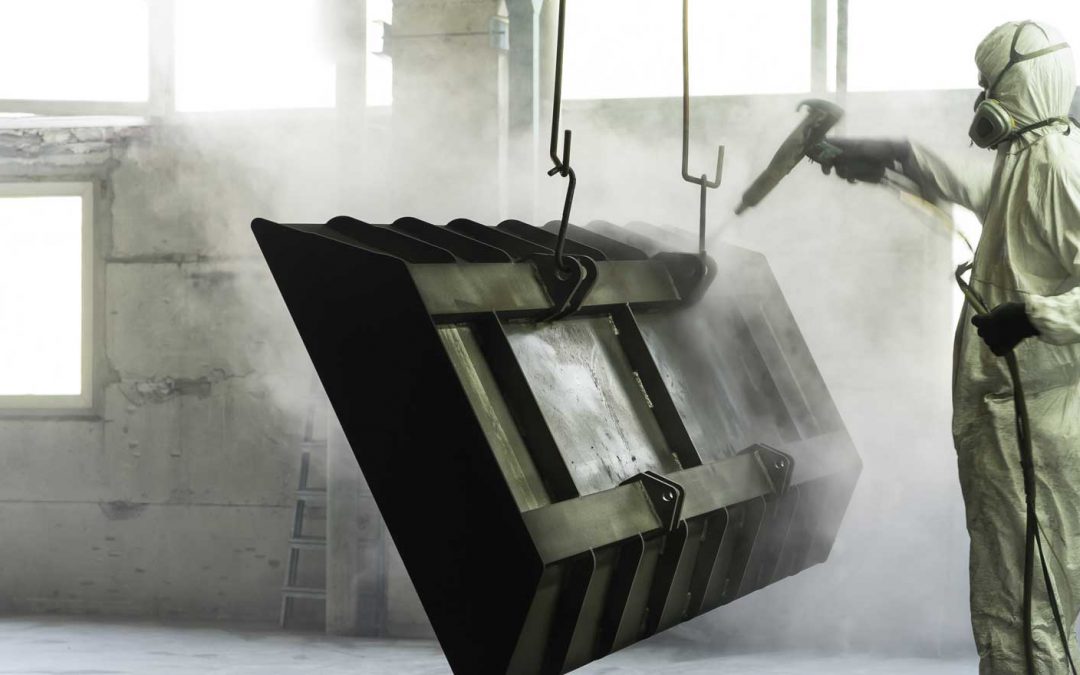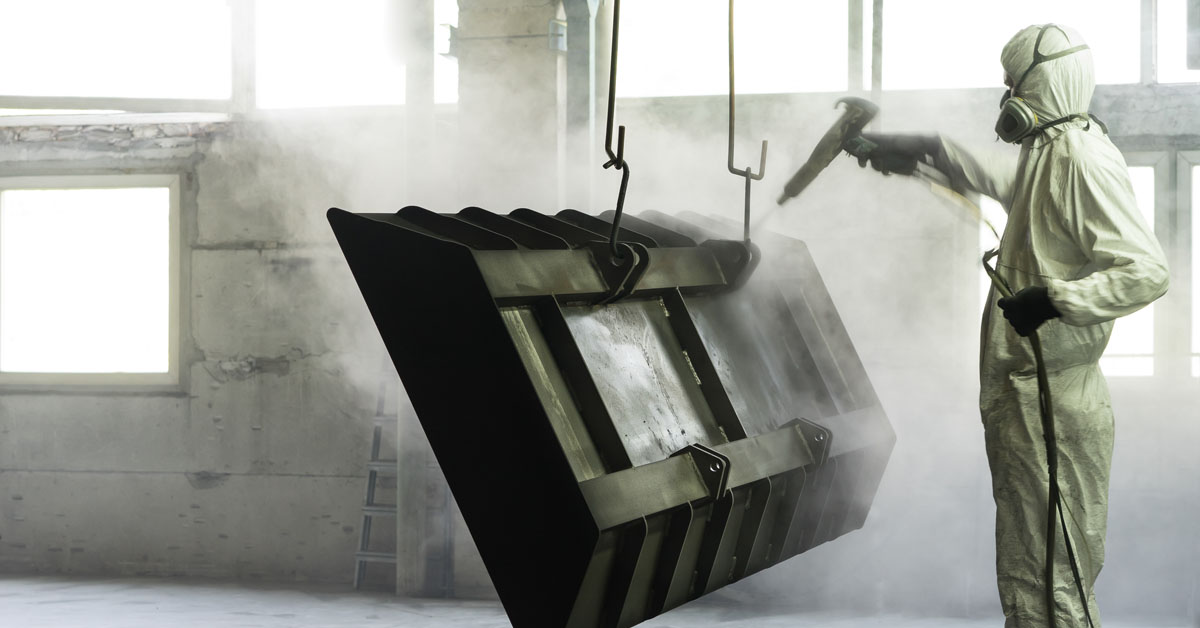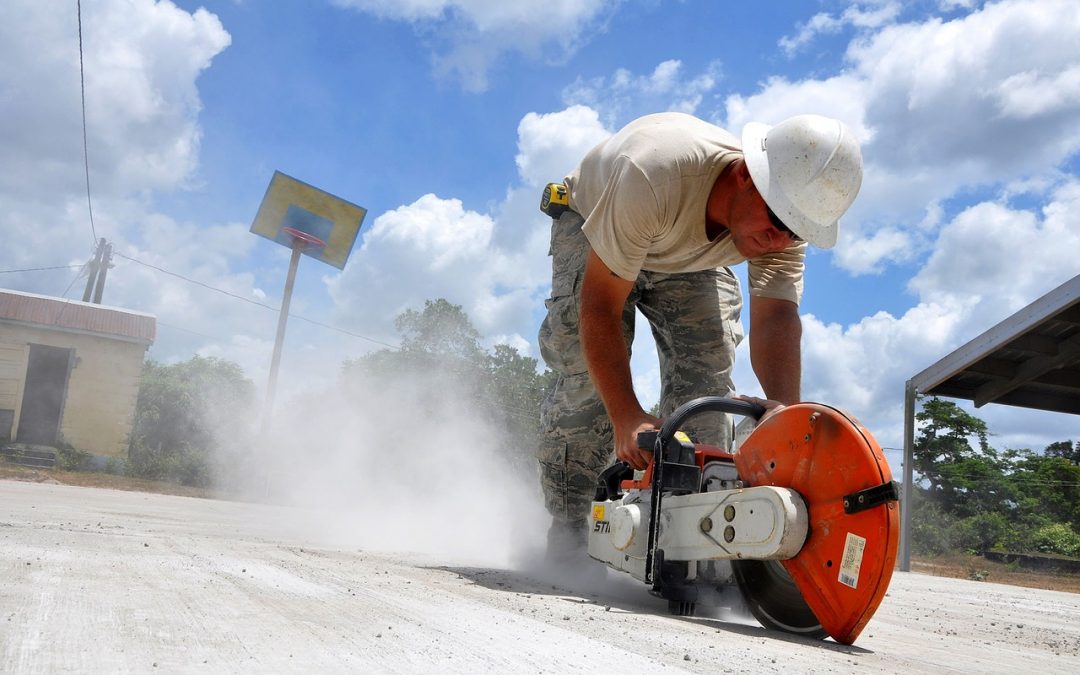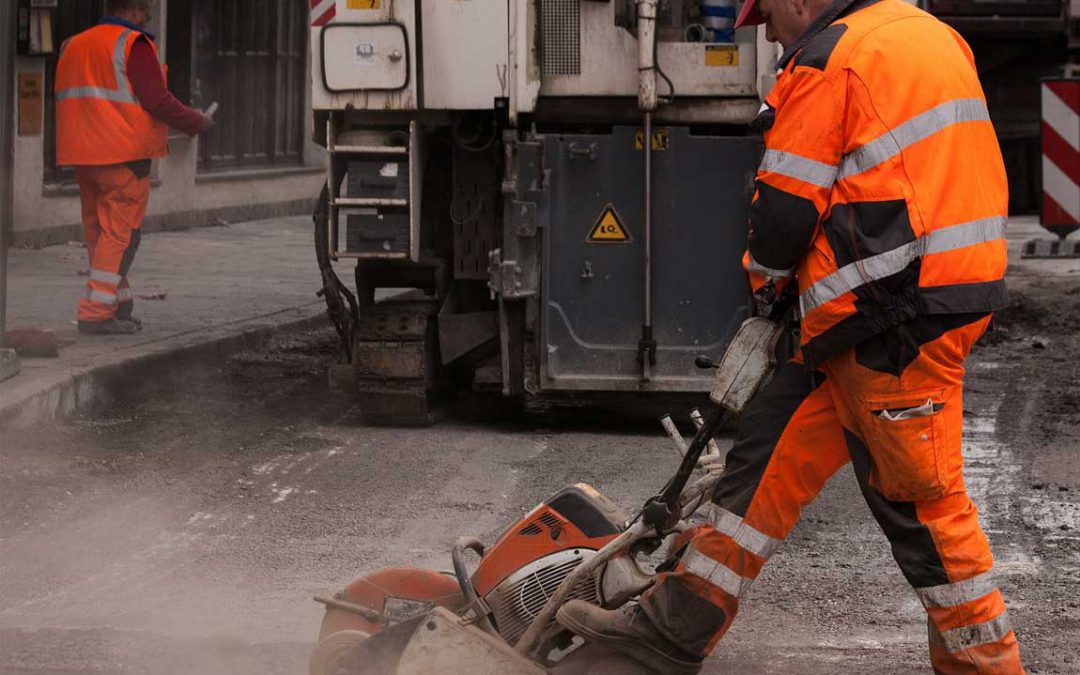The OSHA silica rule for general industry/maritime is more geared toward proving silica exposures are occurring below certain levels and thus there is more of a sampling focus.
Exposure Sampling
Employers must conduct exposure monitoring for silica if the potential for exposure could be at or above an action level of 25 µm3 (micrograms per cubic meter of air), averaged over an 8-hour day. The maximum limit, also known as the permissible exposure limit (PEL) is 50 µm3, averaged over an 8-hour day (the old PEL was 100 µm3). If your workers’ exposures are above the PEL, your company must take measures to protect workers from exposure.
Affected employees must be notified, in writing, of assessment results and what’s being done to control exposures. If results are above the action level but below the PEL, sampling will need to occur every 6 months until exposures are below the action level for 2 consecutive measurements. If results are above the PEL, sampling will need to occur every 3 months until exposures are below the action level for 2 consecutive measurements.
Unless the potential for silica exposure is 0%, if there’s even a slight potential for silica exposures, it’s best to conduct the sampling to know exactly what your exposure levels are for documentation purposes. Documentation of your exposure assessment is very important for your recordkeeping files and shows due diligence with the standard.
Anytime a process or change occurs in the facility, monitoring must be conducted again.
Other Requirements
- Dust Controls — Dust controls need to be used to protect workers from exposures above the PEL. In most cases, wet methods and ventilation can be used to aid in this. Again, your exposure sampling will be able to tell you how well your dust controls are working.
- Respirators — When dust controls don’t keep exposures below the PEL, respirators are required.
- Medical Exams — Medical exams including chest X-rays and lung function tests must be offered to workers exposed at or above the action level (25 µm3) for 30 or more days per year. These must be offered every 3 years.
- Warning Signs — Warning signs must be posted at entrances to areas where exposures above the PEL may occur.
Compliance Deadlines
Employers must comply with all requirements of the standard by June 23, 2018 with some exceptions for medical surveillance and hydraulic fracturing.
Medical surveillance for those exposed above the PEL (50 µm3) for 30 or more days must be offered to employees starting June 23, 2018. Medical surveillance for those exposed above the action level (25 µm3) for 30 or more days starting June 23, 2020.
Hydraulic fracturing operations in the oil and gas industry must implement their engineering controls to limit exposures to the new PEL by June 23, 2021. Significant efforts are currently being made to develop effective dust control technologies specifically for this industry. Many of these are in development and have demonstrated promise. Although some are commercially available, many are still in development and those available now have not been widely implemented yet. The potential effectiveness of these controls is why OSHA has given some extra time for this industry for development and implementation.
Now What? How Can iSi Help You With This Standard?
iSi is here to help your company comply with this new standard. We can assist with:
- Compliance Determinations, Audits and Checklists – Helping you determine if this standard applies to you, evaluating your site for exposure potential, determining areas needing warning signs or restricted access, and making a compliance checklist for you
- Exposure Sampling – Sampling your facility or construction sites for exposure levels, arranging for lab analysis of samples, preparing documentation for recordkeeping, and preparing your written employee notices
- Written Program Development – Preparing your exposure control plan or respiratory protection program
- Training – Silica training and respiratory protection training
- Respirator Fit-Testing – Annual respirator fit-testing (after your medical surveillance is complete)
- Answering Questions – Our safety and industrial hygiene experts on-staff can help you with any other questions you may have.
Contact us today with questions or pricing requests.





